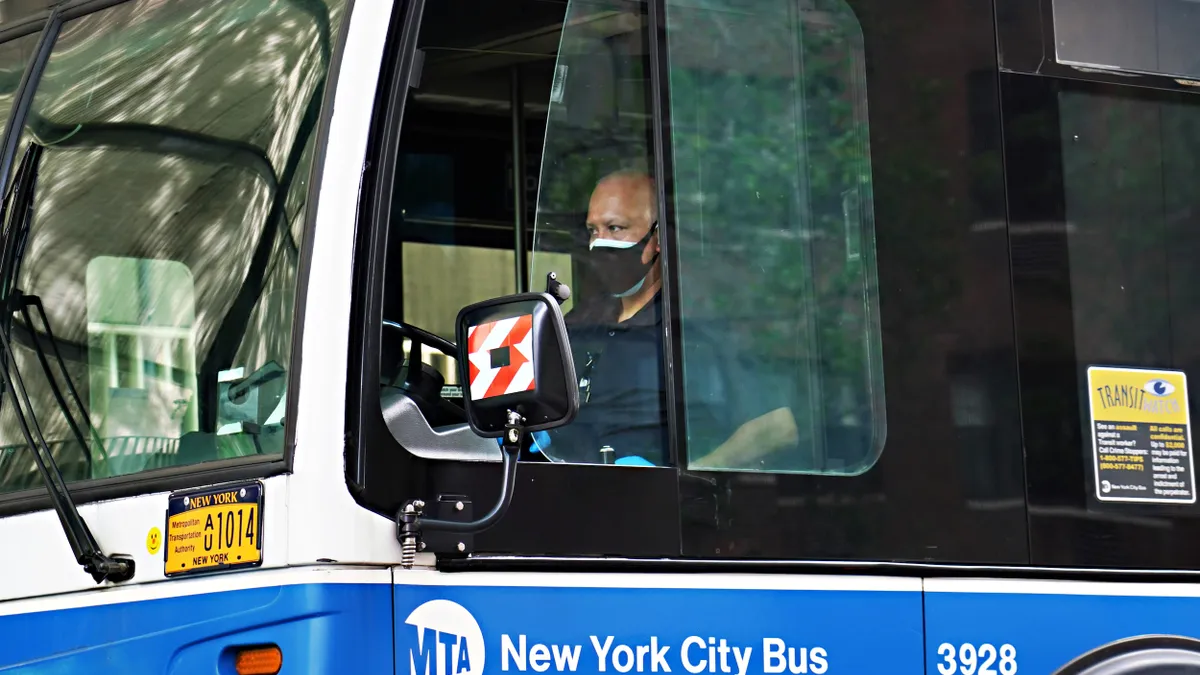The arrival of the COVID-19 pandemic in early 2020 caused public transit ridership to plummet. Many office workers stayed home while essential workers continued to ride buses and subways to get to their jobs. The sudden change brought historic inequities in many cities’ public transit service to the forefront. In a report issued this month, the American Public Transportation Association examines how transit agencies are addressing inequities impacting low-income communities and communities of color — those who most relied on public transit during the pandemic.
“Public transit serves as a critical lifeline, particularly for underserved populations,” said Michele Wong Krause, APTA past chair, in a statement.
With reduced fare box revenues and driver shortages post-pandemic, transit providers are working to improve equity even as they face service cuts.
The report summarizes equity-related actions from 75 organizations and takes an in-depth look at efforts by 11 transit agencies. Their efforts include the following:
- The Chicago Transit Authority; Contra Costa County, California, Transportation Authority and Central Puget Sound Regional Transit Authority in Seattle hired dedicated equity executives.
- The Massachusetts Bay Transit Authority requires an equity analysis for all proposed fare changes and major service changes.
- The Maryland Transit Administration prioritizes equity as a principle issue in service planning.
- The Los Angeles County Metropolitan Transportation Authority created a centralized location for equity-related data and information accessible to staff and the public.
For some agencies, increasing equity is resulting in activity beyond the scope of traditional bus and rail service. Transit-oriented development programs are among the efforts being undertaken by the Jefferson County Transit Authority in Birmingham, Alabama, and CapMetro in Austin, Texas, which looks to increase affordable housing and support bicycle and pedestrian access.
Other agencies are getting directly involved with the communities they serve to address homelessness. The Metropolitan Atlanta Rapid Transit Authority is partnering with a homeless shelter to provide individual-level resources. The Lane Transit District in Eugene, Oregon, partnered with the city to find vacant land the transit agency owned that could be used as safe sleep areas for people experiencing homelessness. And the Southeastern Pennsylvania Transportation Authority partnered with local nonprofit Project Home and the city of Philadelphia to establish an 11,000-square-foot facility where people experiencing homelessness can access case management and health services.
The APTA report makes three recommendations to help transit providers strengthen equity within the communities they serve:
- Develop an equity mission statement, set key priorities and establish an equity commitment across all levels of the organization.
- Create the necessary internal staff and training to ensure equity is considered during all planning, budgeting and operations processes.
- Implement community-focused initiatives that provide tangible benefits to the communities served by the agency.












